- A wildlife forensics laboratory launched in Singapore last year is making breakthroughs in tracking down criminal syndicates trafficking in wildlife.
- Singapore is a major transit point for the illegal ivory trade; the nation impounded 8.8 metric tons of elephant ivory in July 2019 — evidence from which led to the arrest of 14 people in China.
- The researchers use the same method to capture poachers that authorities in California used to arrest the Golden State Killer.
- Elephant ivory and pangolin scales account for the bulk of the new lab’s workload; figuring out how traffickers accumulate this material from two species could uncover much of their methods.
“Initially we were all excited because we had intercepted a record-breaking ivory shipment,” says veterinarian Charlene Fernandez of Singapore’s new Centre for Wildlife Forensics. “But when we started carrying the tusks one by one into this room to process, everyone suddenly became very quiet. A lot of the researchers started leaving the room as they couldn’t take the sight of the elephant graveyard in front of them.”
After a decade of working in veterinary pathology, it was the first time that the Cornell alumna had seen anything so upsetting.
In July 2019, authorities in Singapore had seized 8.8 metric tons of ivory en route to Vietnam aboard a shipment from the Democratic Republic of Congo. Now, following the opening of the center in August 2021, it was the job of Fernandez’s team to analyze it. What they didn’t realize at that time was that their work would become part of a breakthrough study, which used the same mode of forensic science adopted to arrest the Golden State Killer. The U.S. serial killer and rapist, who was arrested in 2018 and sentenced in 2020, was caught by using technology to trace family trees. But instead of serial killers, the Singapore wildlife center’s DNA findings would be used to catch poachers.
One-third of the world’s shipping containers pass through the port of Singapore, so the city-state’s anti-poaching efforts are key in the fight against wildlife trafficking.
After taking samples for research, the Singapore government destroyed the 8.8-metric-ton ivory haul on a live broadcast to show the poachers they meant business. But they knew that they needed to do more.
“Apart from seizing, crushing and destroying, we need to contribute to the international community somehow,” says Anna Wong, director of wildlife trade at the government-run National Parks Board (NParks), who helped spearhead the record seizure. “So that is why the Centre for Wildlife Forensics was established to collect this vital data, which could be disseminated to the source and destination countries so they can do their part as well.”
The center aims to become the first laboratory of its kind in Asia that’s approved by CITES, the global convention on the wildlife trade.
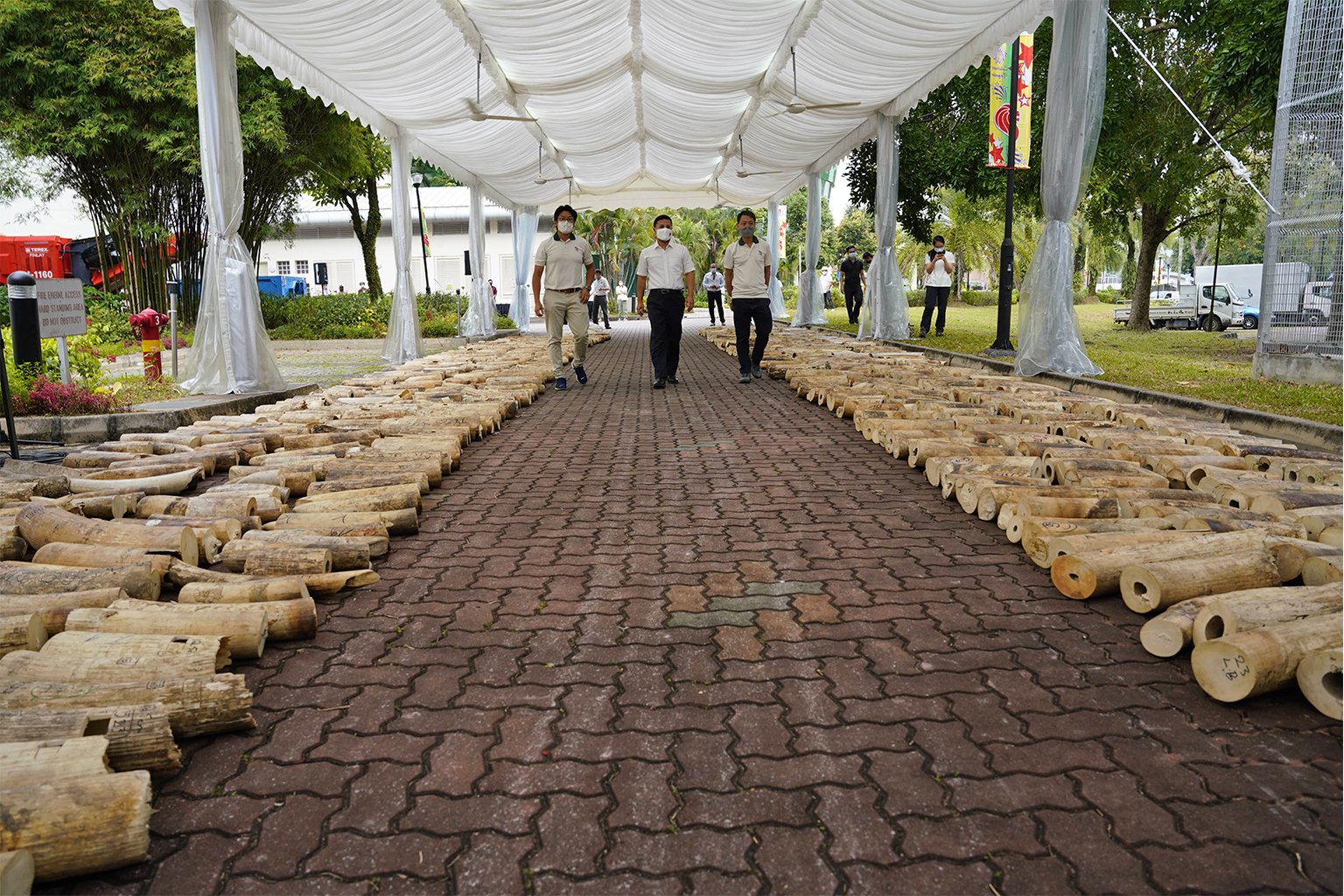
Forensics used against wildlife traffickers
Located in the northern farming region of Singapore, the state-of-the-art lab is the antithesis of its leafy surrounds. Researchers are clothed head to foot in PPE garb as they navigate what looks like a ship’s galley with sliding glass doors marking the entrance to individual research labs.
Here, they analyze the flora and fauna found in seized shipments. The team is supported by a K9 unit, which patrols Singapore’s borders and has been trained to detect ivory and pangolin scales in shipments, and a catalog of wood species housed at the Singapore Botanic Gardens. The timber specimens in this catalog, known as a xylarium, can be compared against seizures to help identify suspect wood and stop illegal logging.
Each plant or animal sample brought to the center is processed the same way. First, scientists treat it with liquid nitrogen to make it brittle, and then use a magnetic compactor to reduce the sample to a powder. The powder then goes on a journey along the white-walled corridor of laboratories. A roboticized machine, the QIA Symphony, extracts DNA from the powder — it can do 90 samples in 80 minutes — and then the DNA is multiplied in the amplification room to aid testing.
If the sample is ivory, researchers then check the DNA against a genetic reference map to confirm the species of elephant, and where it originated.
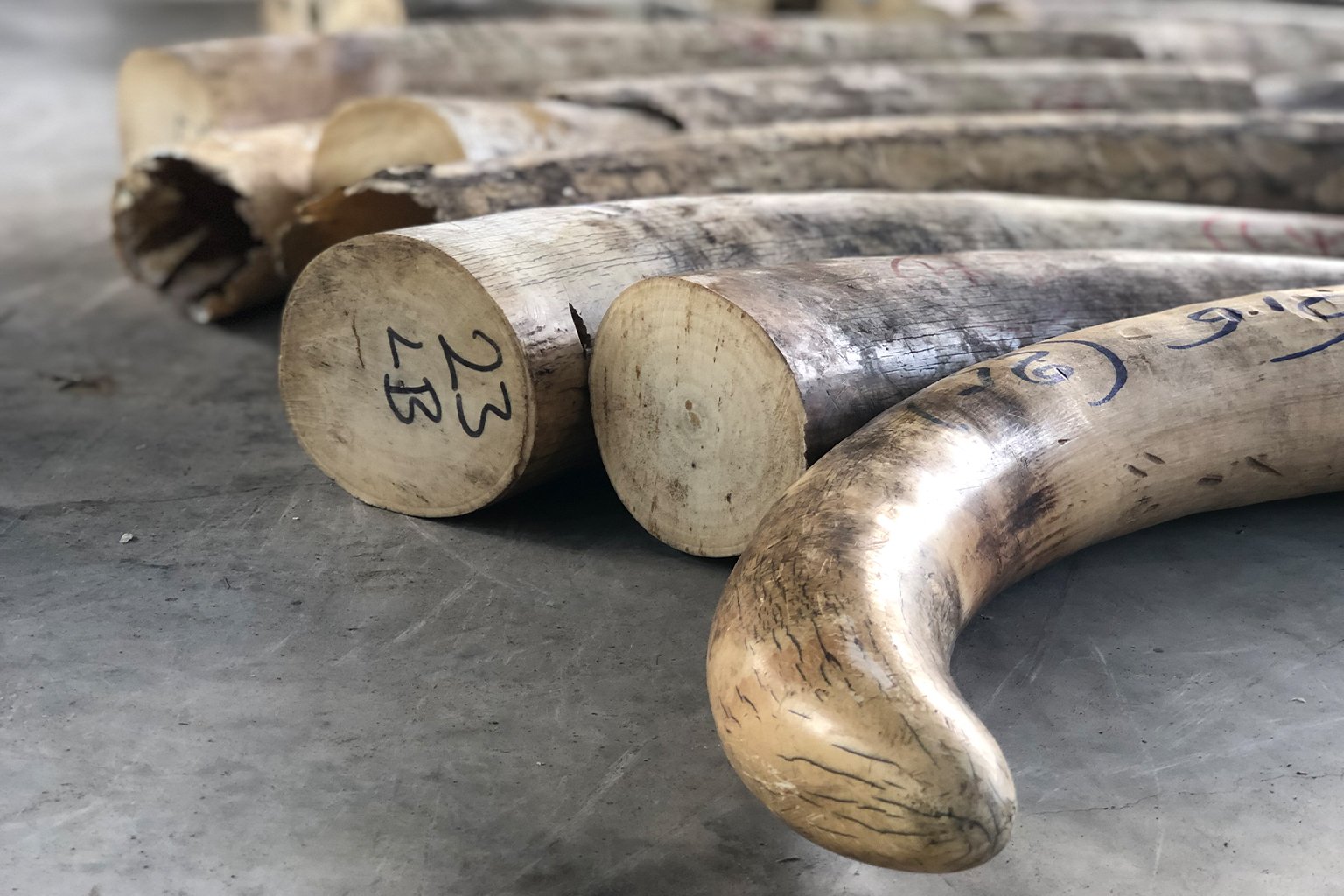
At less than a year old, the center is still making constant discoveries. Not only have the researchers found they can extract DNA from samples weighing as little as 2 grams (less than a tenth of an ounce), but they can also remove DNA from decrepit artifacts, such as a 40-year-old whale shark.
While elephant ivory and pangolin seizures account for much of its workload, the center has also received rhino horns, shark fins and sea cucumbers.
The team has continued to seek out more specialized equipment to speed up the process. The quicker they can get results, the faster they can stop traffickers, goes the thinking.
“Previously, when we had small seizures, we would have to send the samples away to get them tested and verified so we could use the results in court,” Wong says. “It could take two to three months to coordinate. Now we can turn it around within days.”
Since the officially opening of the Centre for Wildlife Forensics in August 2021, 14 people have been arrested using evidence gathered by the lab, Wong says. These arrests, all in China, stemmed from pangolin and ivory seizures in 2019.
And many more suspected traffickers may soon follow, thanks to the lab’s partnership with U.S. conservation biologist Samuel Wasser. A professor at the University of Washington, whom The New York Times called “the Sherlock Holmes of the wildlife trade,” Wasser has studied elephants for more than 20 years. In his lab in Seattle, he carries out forensic analysis using DNA to determine the origins of seized ivory. He created the elephant genetic reference map used by the Singapore lab, and can take a tusk from anywhere in Africa and place it to within 290 kilometers (180 miles) of its origin.
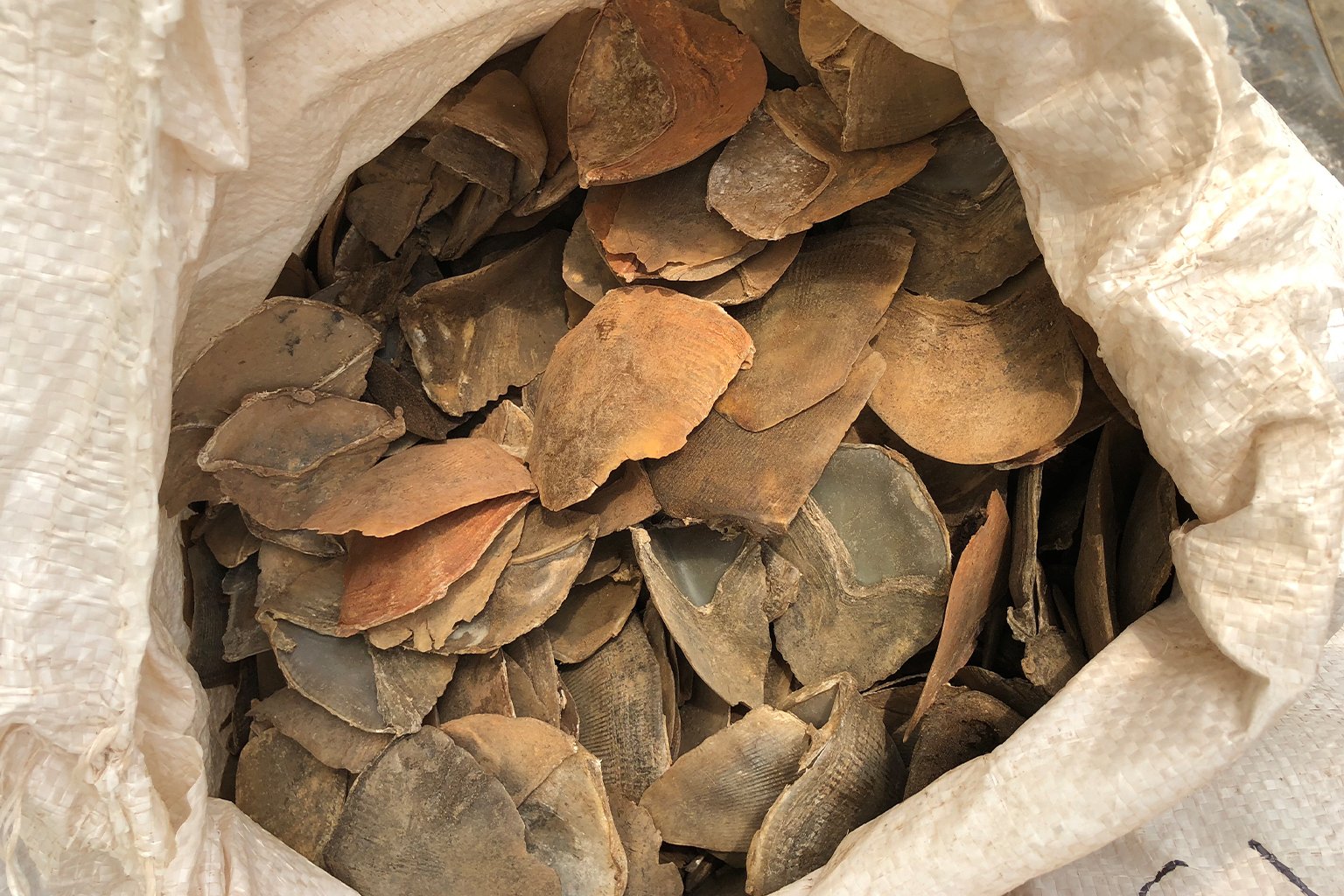
Finding criminal organizations like links in a chain
Wasser analyzed his first ivory seizure in Singapore in 2002. And it was here that he made one of his biggest breakthroughs. When studying seized shipments in 2015, he realized that a lot of the tusks didn’t have a pair, so he and his team looked for them in other seizures made in Hong Kong, Malaysia, the Philippines, Thailand and Vietnam. This allowed them to connect the shipments. It also helped highlight the emergence of a new smuggling hotspot in the Kavango-Zambezi Transfrontier Conservation Area (KAZA TFCA), which covers the border region between the Southern African countries of Angola, Botswana, Namibia, Zambia and Zimbabwe. The KAZA TFCA is home to 230,000 of the remaining 415,000 elephants in Africa. But getting both tusks could sometimes prove difficult, as Wasser would need each country to give him access to the shipments. Moreover, analyzing each seizure can cost $50,000.
Then Wasser had another breakthrough.
In March 2022, Wasser published a study in Nature Human Behaviour, co-authored by Wong and Fernandez, that showed they could use the same tool that was used to catch the Golden State Killer to catch the criminal syndicates trafficking wildlife. The tool is called familial searchers. To catch the Golden State Killer, U.S. authorities took DNA from the crime scene and compared against the criminal database to find a close relative. Similarly, Wasser compared the DNA from seized ivory to link shipments.
“As females often stay in the family group for their entire life and males leave, but don’t go that far, we were able to link dozens and dozens of shipments to the same trafficking network,” Wasser says. “We were able to pull together the whole criminal organization like links in a chain.”
The results are now part of ongoing US Department of Homeland Security investigations.
“If the criminals use U.S. currency, you can get to their bank accounts, seize their assets and cut the legs out from underneath them,” Wasser says.
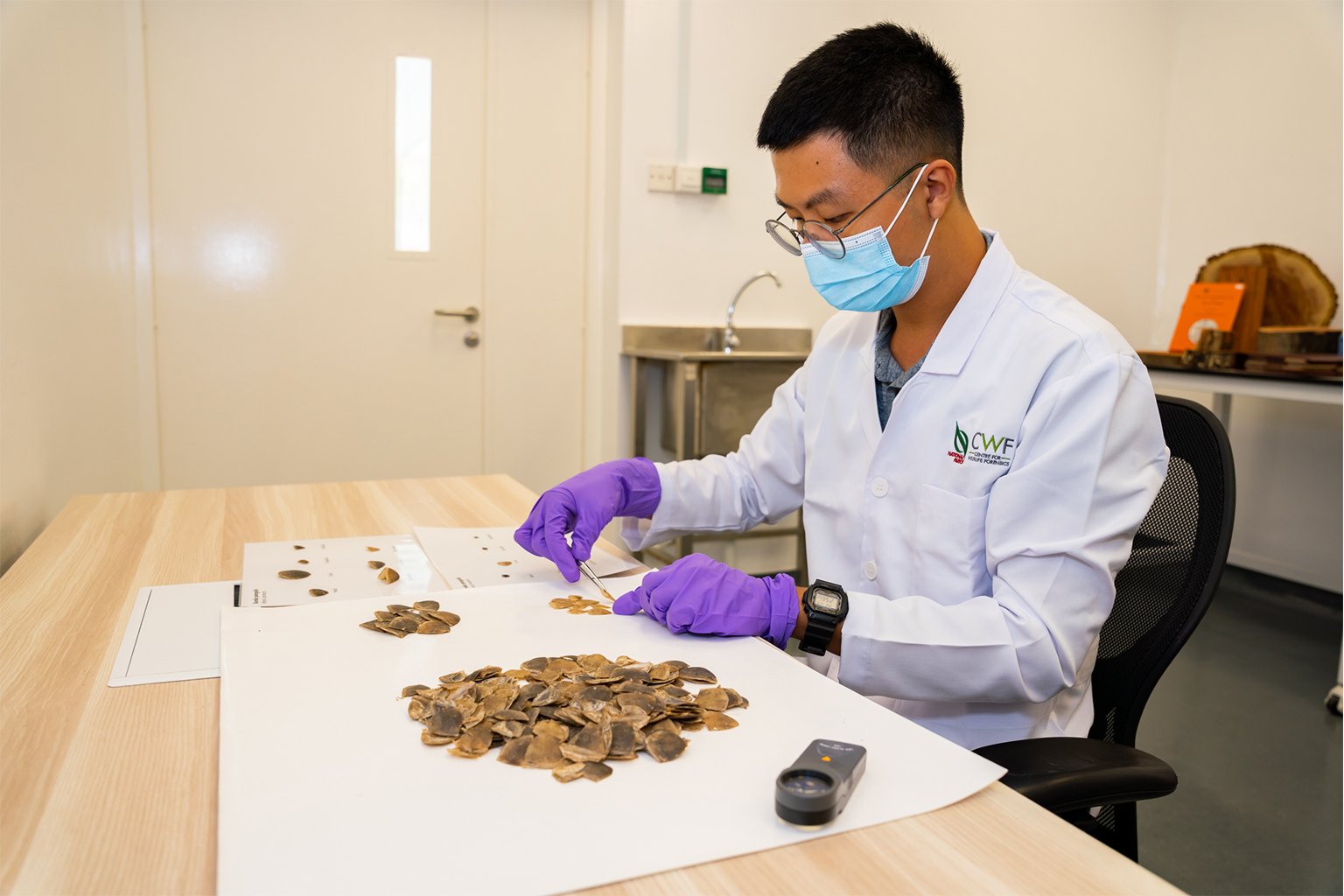
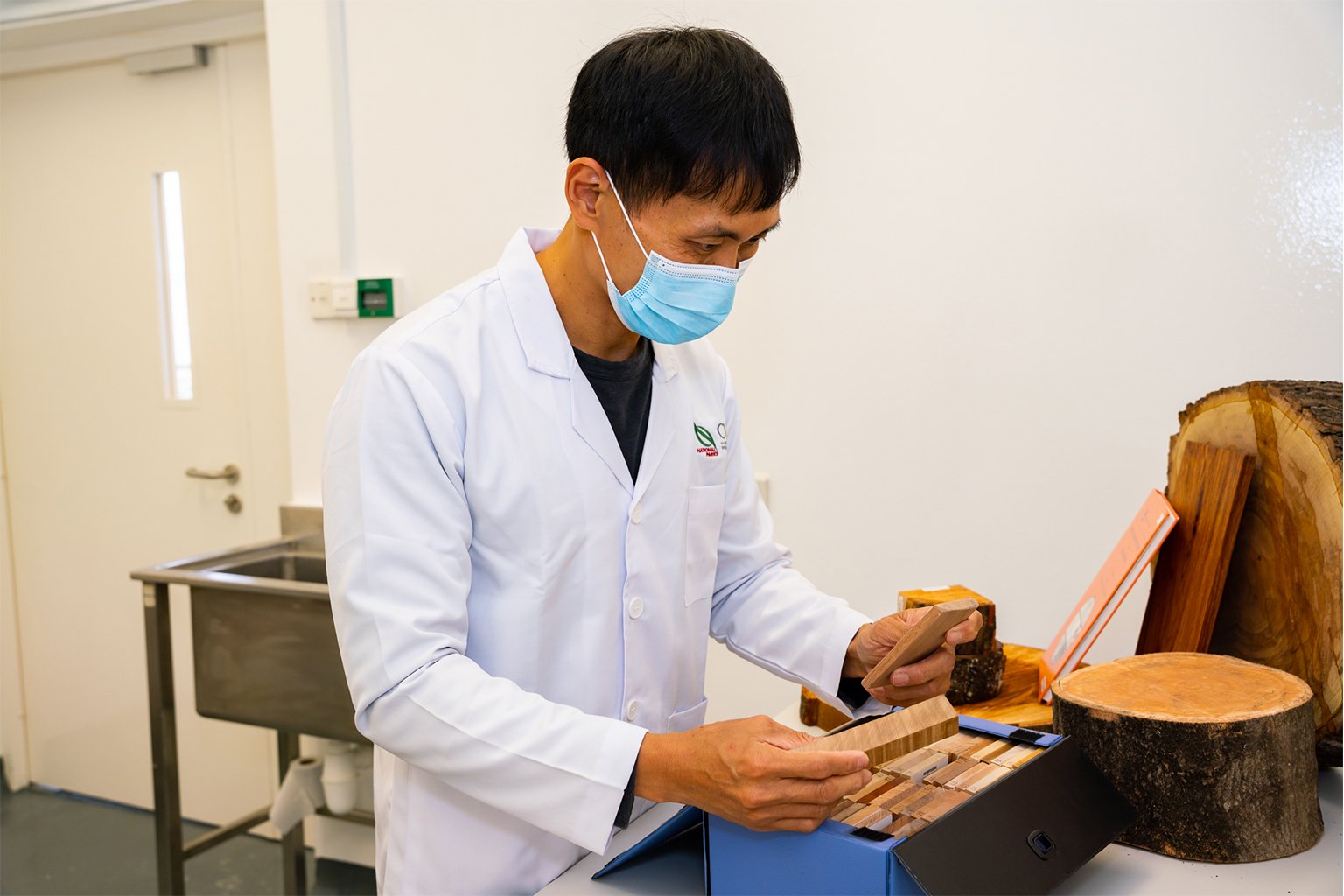
Wasser and the Singapore team are now furthering their research by creating a genetic reference map for all eight pangolin species, since 25% of all the large pangolin seizures are shipped with large ivory seizures.
“We are now figuring out how the trafficker accumulates all this material from two species with drastically different life histories. If we can do this, we get to uncover a lot of the strategies being used to move their product,” Wasser says.
Scott Roberton, executive director for counter wildlife trafficking at the Wildlife Conservation Society, calls the launch of the new forensic lab in Singapore significant.
“The inclusion of forensics in strengthening the prosecution of wildlife trafficking is vital,” he says. “Professionalizing how those cases can move through the court and the judicial system is really important.”
Roberton, who has worked in conservation in Southeast Asia for 22 years, says the COVID-19 pandemic, with its links to the wildlife trade, makes action on wildlife trafficking all the more imperative.
“There has never been a more opportune moment for governments, society, academics and media to focus in on wildlife trafficking,” he says. “There is an undisputed clear link between the trafficking of wildlife and the risk of future zoonotic diseases and pathogens emerging. Now is the time to address this.”
Banner image: A dog from the K9 Unit undergoing training with test bags that resemble luggage bags on a conveyer belt. Image courtesy of NParks.
Citation:
Wasser, S. K., Wolock, C. J., Kuhner, M. K., Brown, J. E., Morris, C., Horwitz, R. J., … Weir, B. S. (2022). Elephant genotypes reveal the size and connectivity of transnational ivory traffickers. Nature Human Behaviour, 6(3), 371-382. doi:10.1038/s41562-021-01267-6
‘It’s just a bird’: Online platforms selling lesser-known Indonesian species













